Astronautics and space exploration
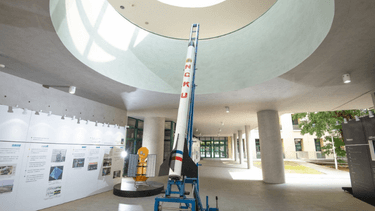
Sponsored by
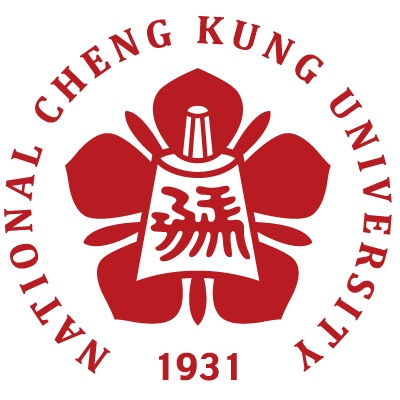
Sponsored by

NCKU integrates aerospace, aviation, satellite technology and space science to explore space and satellite applications to future intelligent living environments. On the Kuei-Jen Campus in Tainan, the Aerospace Science and Technology Research Center is equipped with a transonic wind tunnel, a Formosa tracking station and other technologies, providing an excellent research site for those aspiring to a career in aerospace technology. On the main campus, various other departments are working on different aspects of space technologies. For example, in the Department of Aeronautics and Astronautics, there are developments in cubic satellite, rocket experiments, an ion thrust engine for satellite propulsion and unmanned drones. In the Department of Electrical Engineering, a space-based receiver of a global navigation satellite system (GNSS) which receives ocean reflection signals has been developed; it will be used on an upcoming satellite mission. In the Department of Physics, satellite missions on space lightning have provided groundbreaking findings and the team are moving on to study how lightning relates to gamma ray bursts. In the Department of Geomatics and Department of Earth Sciences, satellite images and precise positioning technologies have been developed to meet the future needs of aircraft navigation, self-driving automobiles and ships. The strong space-related research team is essential to Taiwan’s space programme. Some recent activities are summarised below.
NCKU teams up with top US atmospheric research agency to build a next-generation space weather monitoring and forecasting system
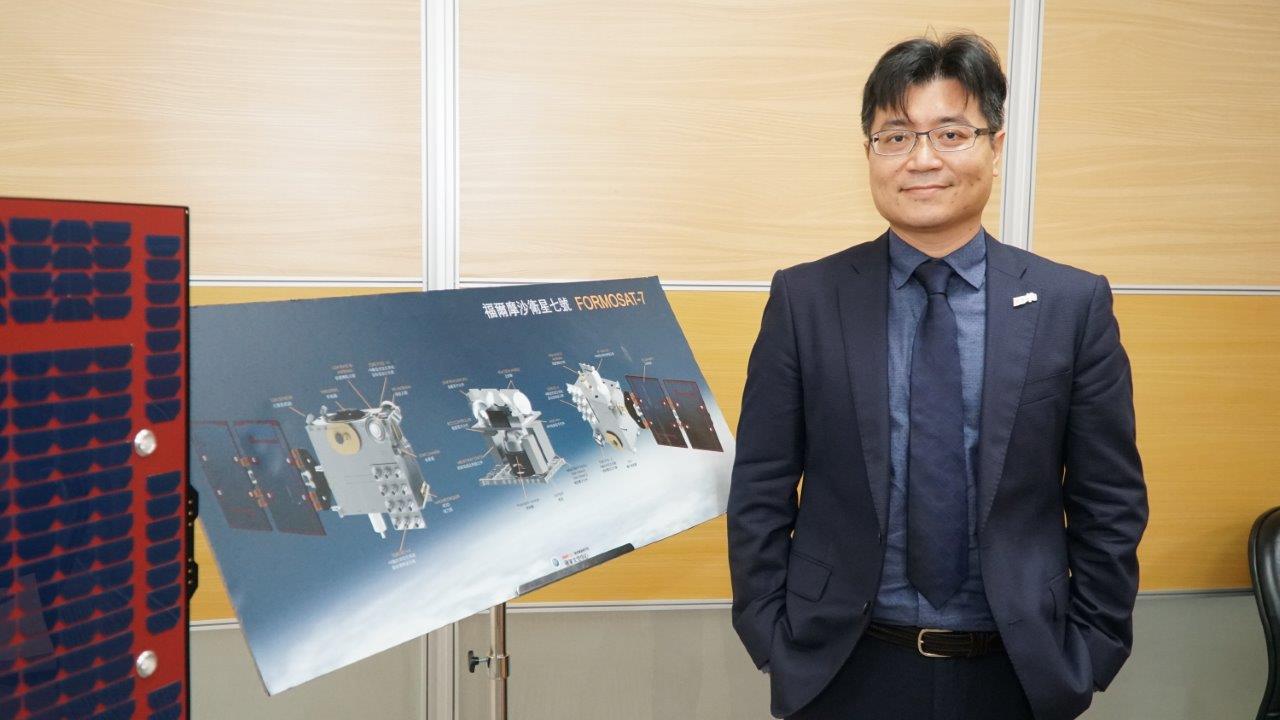
As aircraft tracking, self-driving automobiles, waterborne vessels and future autonomous applications rely on GNSS for navigation, it is important to have accurate satellite-based navigation and communication with regard to interference from the space environment. To estimate possible interference and impacts on satellite navigation as well as satellite-based communications, countries around the world are studying real-time space weather monitoring and forecasting.
The NCKU team, led by Professor Charles Lin and Assistant Professor Chia-Hung Chen from the Department of Earth Sciences, is cooperating with the US National Center for Atmospheric Research and National Space Organization to build a next-generation space weather system, which aims to carry out real-time ionospheric space weather monitoring and forecasting. It has the advantage of access to data provided by the recently launched FormoSat-7/COSMIC-2 mission (Constellation Observing System for Meteorology, Ionosphere and Climate), which follows on from the successful FormoSat-3/COSMIC mission.
By using the ionosphere data collected by FormoSat-3, the system has already shown potential for providing short-range forecasts of ionospheric plasma variations. As the density of ionospheric plasma is one of the major sources of GNSS positioning error, knowledge of ionospheric plasma variations could help to mitigate errors, making the navigation systems more accurate. In future, this could be used in next-generation aviation guiding systems that are currently under development intensively worldwide, and which are expected to enhance the efficiency of airport traffic control.
Successful launch for Japanese RISESat Microsatellite Project – orbital demonstration of NCKU-built science payload
In January 2019, after seven years of hard work, the microsatellite mission RISESat – directed by Tohoku University of Japan and involving researchers from NCKU – successfully launched its Epsilon rocket from the Japan Aerospace Exploration Agency.
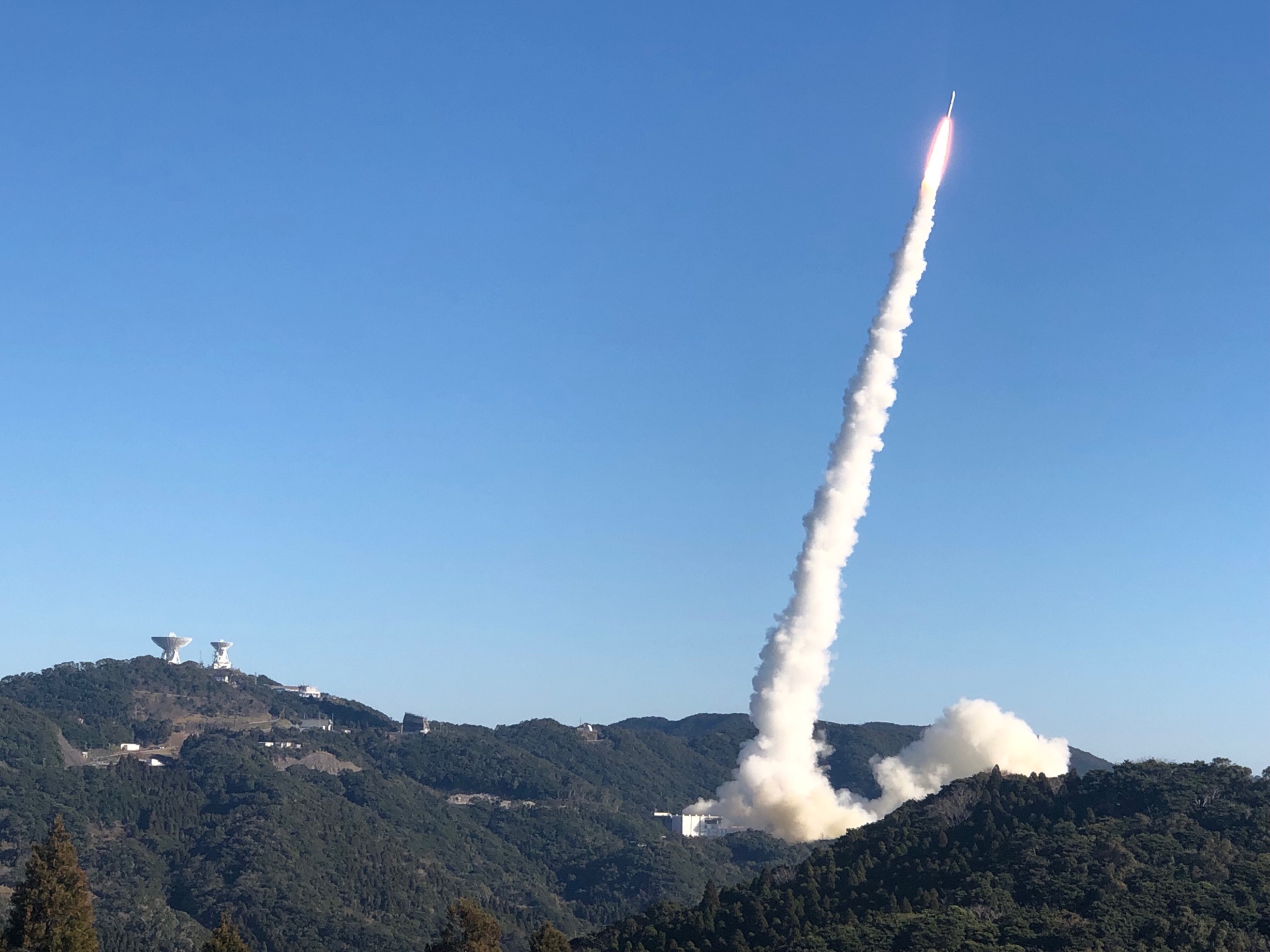
The NCKU research team’s role is to direct airglow and upper-atmospheric lightning observation, and also study space weather and the cycle of atmospheric electricity. The goal is to understand the relationship between lightning and extreme weather – which is having an increasingly severe impact on human life – and to understand the influence of changes in the space environment on space communication.
Professor Bing-Chih Chen’s research team was invited to join Tohoku University’s RISESat microsatellite project in 2011. They developed the Dual-Band Optical Transient Camera (DOTCam), a space optical camera that will enable the observation of space environment elements such as airglow and upper-atmospheric lightning, once the satellite enters orbit. Relevant basic scientific research will be applicable to space weather-related research.
Professor Chen stated that NCKU’s participation in the RISESat project demonstrates that NCKU’s space instrument research and development capabilities have reached international standards. Their performance will open up more opportunities for international collaboration, effectively enhancing Taiwan’s manufacturing technologies and international visibility, and assisting manufacturers in penetrating the international space industry.
Research and development of hybrid rocket systems at NCKU
The Satellite and Rocket Propulsion Laboratory, led by Chair Professor Yei-Chin Chao of the Department of Aeronautics and Astronautics at NCKU, has focused on developing hybrid rocket technology for many years and the team have fully grasped the key component for developing such rockets.
Professor Chao states: “The hybrid rocket provides several important safety and operational advantages over both solid-propellant and liquid-propellant rockets because the solid fuel and liquid oxidiser are stored separately. Therefore, a safe, reliable and low-cost hybrid rocket technology for launching nano-satellites would be a potential rocket technology for the lower thermosphere space science programme.”
Recently, a two-stage hybrid rocket with 1500 kgf thrust built by the research team was launched successfully at the beach of Mudan Township of Pingtung County, Taitung, Taiwan. This rocket uses paraffin wax and hydroxyl-terminated polybutadiene as solid fuel grain, and non-toxic and environmentally friendly liquid nitrous oxide as oxidiser. The research team have completed the test of stage separation mechanism and acquired remote sensing data through this launch. This represents a key technological breakthrough and marks a new episode of hybrid rocket development at NCKU.
NCKU provides the GNSS-R payload to the TRITON Mission
Omnipresent GNSS signals have not only provided high-accuracy navigation but also encouraged several remote sensing missions. In a GNSS reflectometry (GNSS-R) mission, the reflected signals are processed to form delay Doppler maps (DDMs) so that the properties including roughness, ocean wind speed and soil moisture can be retrieved. An NCKU team led by Professor Jyh-Ching Juang of the Department of Electrical Engineering is developing the primary payload, GNSS-R receiver, for the National Space Organization’s TRITON GNSS-R mission. The TRITON GNSS-R payload distinguishes from other GNSS-R receivers in its capability to process multi-GNSS signals, generating 2x DDMs, and providing finer resolution in observation. As a result, the observables may render better retrieval results in the estimation of ocean wind speed and other remote sensing variables. The GNSS-R payload that is developed at NCKU has undergone several flight tests and the functionality and performance are verified. The TRITON satellite is scheduled to be launched in 2021.
NCKU doctoral student’s start-up wins international award
With his dreams of space and encouragement from his adviser Professor Jiun-Jih Miau, French doctoral student Jordan Vannitsen, at NCKU’s Department of Aeronautics and Astronautics, co-founded the company ODYSSEUS Space in 2016, targeting the global space industry. To gain international exposure, he and two French colleagues entered the Space Exploration Masters in 2018, a contest held by the European Space Agency for entrepreneurs. Out of 132 proposals from 42 countries, the technological, managerial and commercial strategies of their business won first prize in the SpaceResources.lu Challenge, presented by Luxembourg Space Agency. It is the most high-profile award of the contest and the team was granted €500,000 (£447,000) and invited to set up business in Luxembourg.
Professor Miau has encouraged many of NCKU’s local and foreign students to venture into the space industry but Dr Vannitsen’s is the only one to have really taken off. Professor Miau points out that many of the technologies Dr Vannitsen used in his award-winning solution are subjects that NCKU has been focusing on and studying for years.
Dr Vannitsen says that, based on the trends and development of the global small-satellite market, he believes Asia will soon become one of the largest small-satellite markets in the world, second only to the US. Not only is Taiwan the leader of the international semiconductor industry, but it also possesses considerable high-end aerospace equipment and technologies. Taiwan has the potential to become the leader of the Asian small-satellite market, and this is why Dr Vannitsen and his colleagues decided to start their company here. He also revealed that ODYSSEUS Space is working with the Department of Aeronautics and Astronautics at NCKU on an electric propulsion system for small satellites.
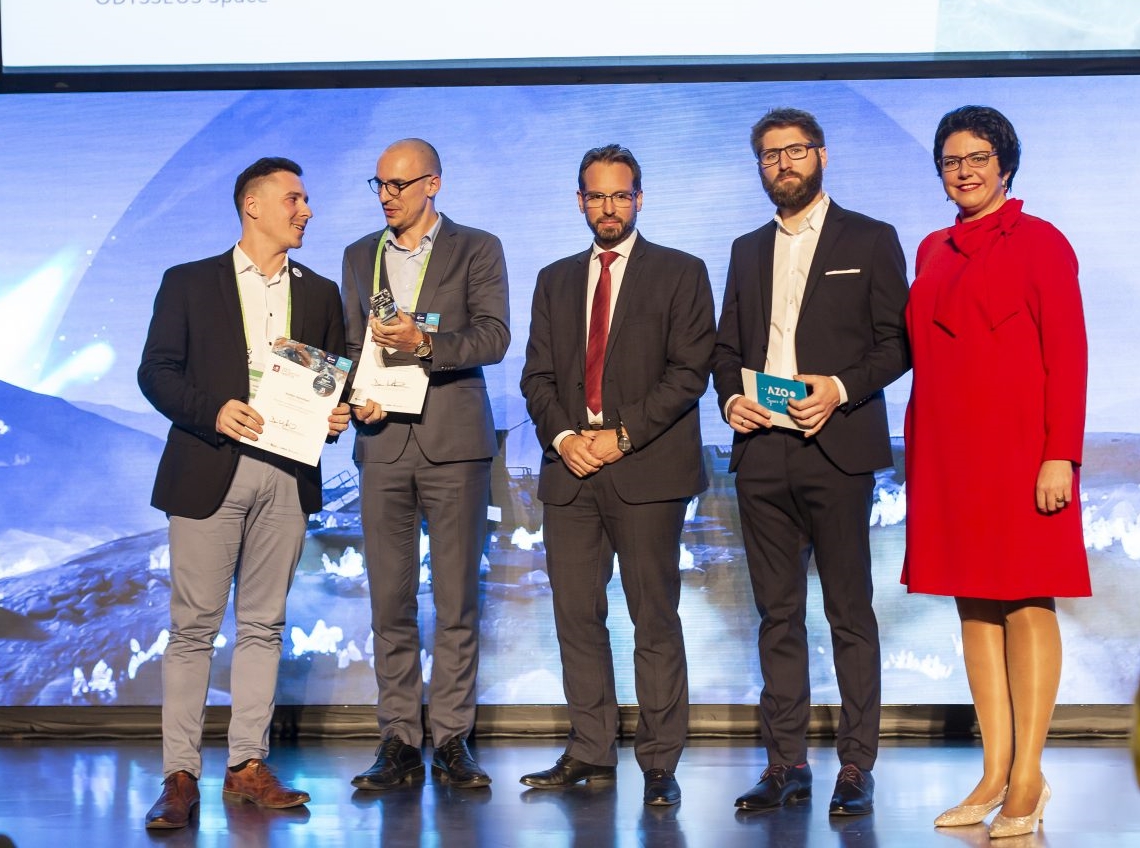 |
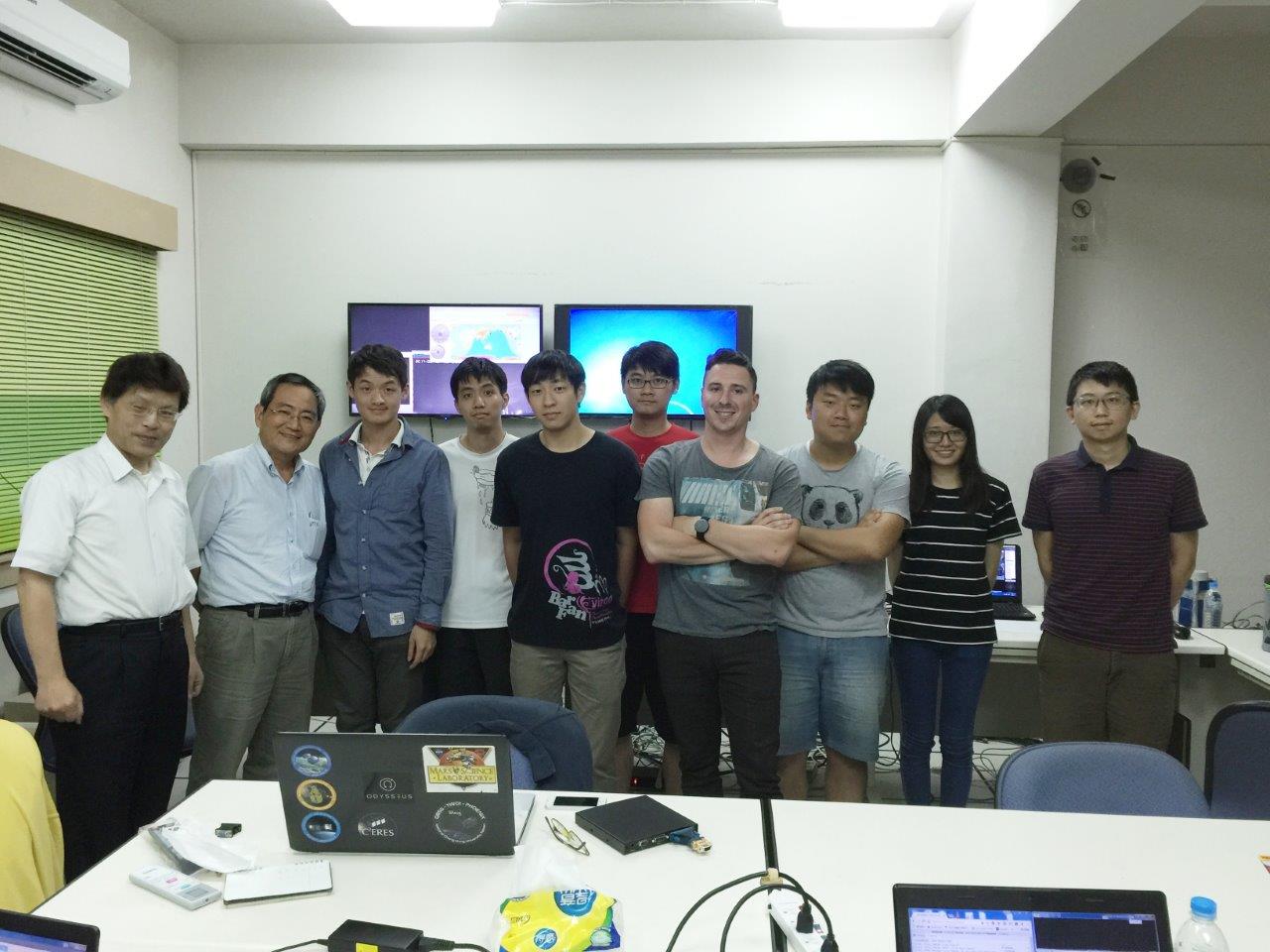 |